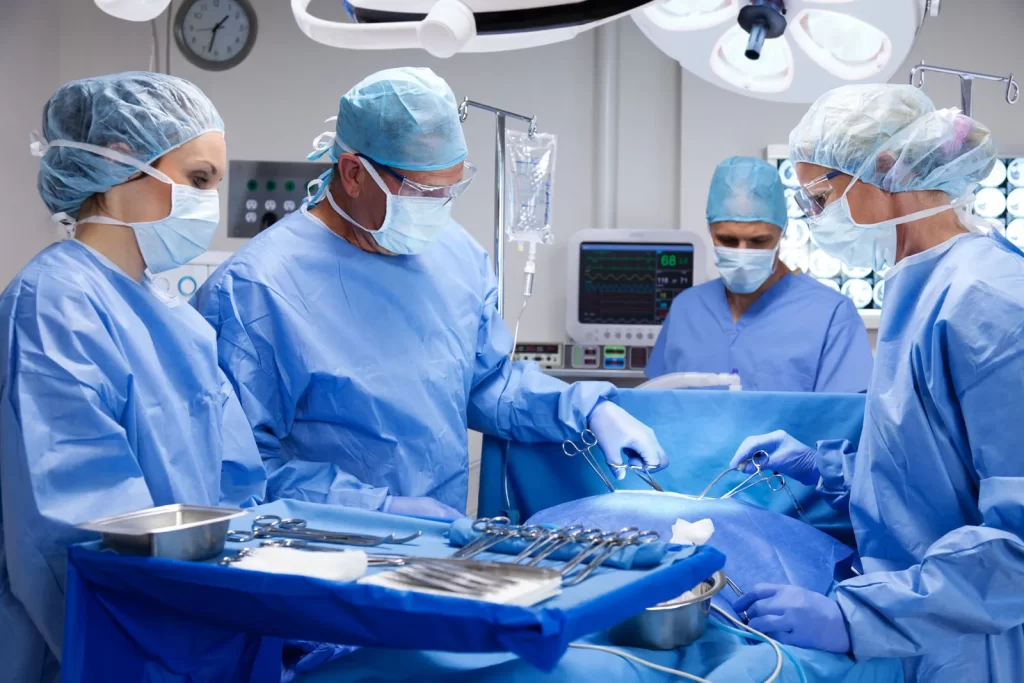The History of Surgery

The history of surgery is often romanticized, but that’s not always the case. Before it became a profession, doctors performed simple procedures such as dislocations and fractures. Some were even called “surgeons” because they cured maladies in the moment. Read on to learn more about the history of surgery and the surgeons who made it possible. Posted in History of Medicine, Surgery
Surgical techniques have evolved dramatically since Hippocrates’ day. While Hippocrates emphasized conservative measures, he nevertheless saw surgery as the last resort. Science has undergone major paradigm shifts over the past two thousand years, and surgery is no exception. The discovery of antibiotics, asepsis, and anaesthesia all came about from advances made in the field of bacteriology. The history of surgery is divided into specific periods, from the earliest days of Ayurveda to the modern era.
In the early days of surgery, students were educated by medical establishments in a two-step process: professors would read anatomical texts and surgeons would perform dissections for them. Unlike today, students rarely had the opportunity to interact with cadavers or engage with a real human body. In addition, there were no textbooks or flashcards to study in private. As a result, true familiarity with the human body was often gained only after years of surgical practice.
In the sixteenth century, the French army physician Ambrose Pare greatly influenced the history of surgery. His emollient (an egg yolk mixed with rose oil) was used to treat gunshot wounds. Celsus also discovered how to ligate blood vessels during amputation. It took over a thousand years before doctors began to use a more advanced surgical technique. This technique is known as “amputation surgery” today.
In the early 19th century, a doctor named Dr. William Halsted was drug-addicted and had poor grades in high school. Despite this, he went on to study at Columbia University College of Physicians and Surgeons. Halsted went on to study under some of the most famous surgeons in New York and in Europe. After graduating, Halsted began teaching surgery in New York. In addition to helping people with their surgeries, Halsted also helped pioneer innovations that made them possible, such as organ transplants and heart-lung machines.
Other important milestones in the history of surgery include the development of X-rays and the first successful surgical procedures. In 1882, Halsted performed the first radical mastectomy for breast cancer. He also invented many aspects of modern surgery, including the use of rubber gloves and aseptic techniques. In addition, he revived the ancient saying “The patient is always right” by using a magnet to remove metal. These advancements in medicine have led to the development of modern-day surgeries.
While Pasteur’s methods were appropriate for treating animal tissue, Lister’s methods were not. He found that spraying carbolic acid on surgical instruments reduced the risk of infection. His work was published in The Lancet and read before the British Medical Association in Dublin. Eventually, his work led to widespread use of antiseptic operating theatres. However, this advancement in surgery did not happen overnight. However, it laid the foundations for rapid advancement in infection control. Within fifty years, antiseptic operating rooms became common practice.





